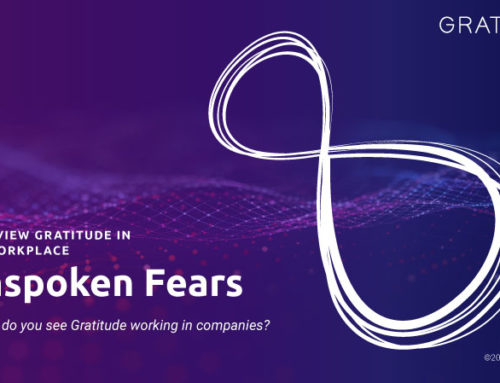In part my growing appreciation for language learning came from an ill-fated startup, one that I helped screw up.
Our startup intended to assist adult native-speakers of Chinese and Spanish here in the US in using their mobile phones and Skype to learn English as a second language, also called ESL.
We started by immersing ourselves in theories of adult learning, small-group learning, and project-based learning as well as the power of digital storytelling, corporate sponsoring, and tribal brands.
We learned that a cornerstone for learning ESL starts with a vivid and compelling life objective, something so important or purposeful, that it would power you through the discomfort and boredom of an adult learning a new habit. Like a Hispanic father learning how to read the Bible to his children in conversational English.
I discovered that there was already a lot of science to how adults learn a second language.
I discovered that you can accelerate learning when you make it a social game, applying actionable gamification or game mechanics to the game.
Social games light up a larger number of neurocircuits, building new neural pathways into habits and reflexive responses.
I also learned that the best way of learning English, or for that matter any language, should start with the conversational form … the ability to listen and understand and to speak so that others understand you.
Experts in the field of language learning by adults emphasize the use some 300 sight words, usually displayed on a flash card with one word with its pronunciation, a visual representation and a perhaps a short phrase that uses the featured word.
Anyway, this language-learning startup planted the seeds of solo self-directed and small-group learning environments, accelerated learning with sight words on printed or multimedia flashcards, and the power of mobile and cloud technologies to reach hundreds of millions of users.
I mention all this because when I began to sense the greater possibilities of Gratitude Games.
Learning conversational English fired my imagination with a big holy crap realization that ESL advocates had already worked out most of the theory and mechanics of adults learning a second language.
I could just apply those perspectives, formats and protocols to learning Gratitude as a Second Language.
That gave me an operationalized structure by which to begin teaching conversational Gratitude, using cue cards and spoken-aloud protocols for use by individuals in self-directed practice, while taking a walk, driving a car, sitting in a bus or train, people watching at a coffee shop, or whatever.
And that we could reach a billion potential users through mobile phones; that we could have a good shot at making a change that could self-propagate for centuries.
We would start small, making it a game worth playing.
We would associate fluency in Gratitude to an important career objective or, even better, to corporate performance and productivity of teams.


